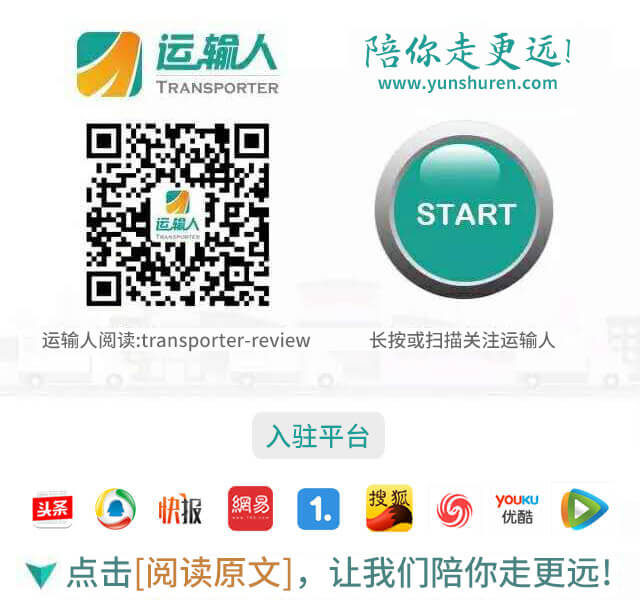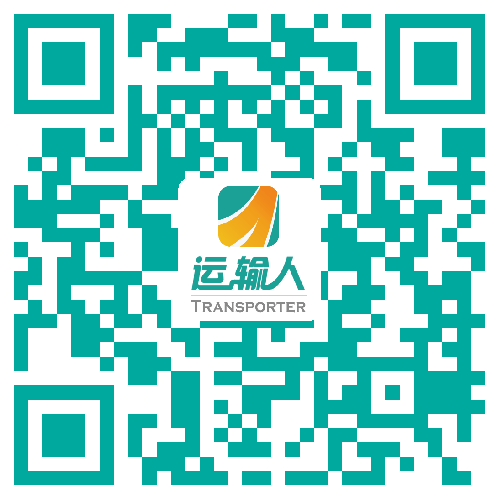Heavy Duty Commercial Vehicles > TuSimple Develops a Self-Driving Truck With Help From Amazon Web Services That ‘Sees' 1,000 Meters Ahead
TuSimple Develops a Self-Driving Truck With Help From Amazon Web Services That ‘Sees' 1,000 Meters Ahead




Developing a safe autonomous car is a complicated challenge, but autonomous semi-trucks have their own unique challenges. For example, a 50,000 pound truck traveling at highway speeds takes much more time to stop that a passenger vehicle, so a self-driving truck needs to see further, so its autonomous systems can react in time to another vehicle or obstacle on the road ahead.
Self-driving truck startup TuSimple is addressing this problem. The company developed a long range perception system, which it says can see and interpret objects over a half mile away—up to 1,000 meters (3,280 feet) ahead. This provides the truck with ample time and distance to make safe driving decisions such as lane changes and braking. To support this robust system, TuSimple is harnessing the power of Amazon Web Services (AWS).
According to the U.S. Department of Transportation, A fully loaded truck traveling under good conditions at highway speeds requires a distance of 525 feet to stop, while a passenger car can stop in about half that distance.
Many companies working on self-driving cars rely primarily on lidar and radar to detect objects and surroundings. Standard lidar provides a range of around 300 meters. TuSimple's autonomous trucks are still outfitted with this standard safety technology. However, the company relies on cameras as the primary sensor for its forward-facing, which provides the longer range needed for self-driving trucks.

TuSimple was founded in 2015 with headquarters in San Diego, CA and Beijing, China.
The company says its camera data is processed using sensor fusion technology to achieve a pixel-level interpretation of the visible environment up to 1,000 meters away. TuSimple is not the first company to develop an autonomous driving perception systems using cameras. Electric automaker Tesla also uses its own camera-based system for its Autopilot feature.
To achieve the 1,000 meter perception range, the company said it spent two years developing its deep learning algorithms, which are the instructions used to help the camera-based perception system understand what objects it sees on the road ahead. The company is also using hardware from Nvidia.
Support from Amazon Web Services
Another challenge for TuSimple is that running a robust autonomous driving system requires massive amounts of computing power. To address this need, TuSimple turned to Amazon Web Services (AWS) to support the company's development process. The company is relying on AWS's machine learning expertise and its nearly limitless computing and storage capabilities.
"AWS and its data transfer service is the perfect collaborator for us with near infinite compute and storage capabilities allowing us to test the widest range of simulated driving experiences. In our pursuit of autonomous driving perfection, we generated 20 million miles of testing and terabytes a day testing our software on AWS's platform to ensure our system makes the most informed and safest decisions possible while driving." said Dr. Xiaodi Hou, co-founder and CTO, TuSimple.
A self-driving car generates massive amounts of data per hour, requiring expensive hardware and storage capacity to transfer the data to and from the cloud. It is also computationally-intensive to analyze.
Accelerating the Cloud with AWS Snowball
The terabytes of data collected from the company's autonomous test vehicles is stored using AWS Snowball Edge devices, which is a physical device capable of storing up to 100 TB worth of data, with onboard computational capacity that allows for local data analysis, as well as data compression.
The Snowball Edge makes it possible for TuSimple to upload massive amounts of data to the AWS Cloud for processing.
An AWS Snowball is a service that accelerates transferring of large amounts of data (usually 30TB or more) into and out of AWS cloud by using physical storage devices, bypassing the internet. Surprisingly, using devices directly connected to the internet actually slows down data transfer rates. When bypassing the internet, each AWS Snowball device can transport data at speeds faster than using internet web servers. In addition, all of the storage and compute functionality needed is built-in to the Snowball device.
Once the data is collected by TuSimple, the device is then shipped directly to an AWS data center for secure transfer into the AWS Cloud.
Machine Learning Using the Amazon Elastic Compute Cloud
Once the data is in the AWS Cloud, TuSimple's development engineers use Machine Learning along with Amazon's Elastic Compute Cloud (Amazon EC2), which allows TuSimple to rent virtual computers to run their intensive autonomous driving applications.
The Amazon EC2 is ideal for the computationally-advanced machine learning workloads like autonomous driving. EC2 and AWS even powers Amazon's own massive ecommerce website.
"Camera-based autonomous systems rely heavily on deep learning models to make self-driving possible. TuSimple leverages the machine learning capabilities on AWS to create and train their models which reduces training time from days to hours," said Ryan Gavin, Head of Artificial Intelligence and Machine Learning Marketing for AWS.
Gavin added, "This process is faster and more efficient than before, and just one example of how AWS is helping to improve the efficiency, cost and speed of development, as TuSimple works to make safe and reliable autonomous vehicles a reality."
Cameras and other sensors are mounted above the cab on TuSimple's self-driving trucks

Running Autonomous Driving Simulations Using AWS
AWS also provides a robust simulation platform for TuSimple to run millions of simulated miles on each of its algorithms used to navigate the truck. For safety, TuSimple tests the software on the truck on a closed track, before driving it on the public highway.
"Intensive training of autonomous vehicle software is critical to the success of all autonomous vehicles but even more so for the Class 8 tractor-trailers that haul freight 24/7 on our highways. It can take a football field, or 100 meters, to stop a fully loaded truck travelling at highway speeds of 65 miles per hour which means our software must look into the future, recognize and makes informed decisions about any situation it encounters," said Dr. Xiaodi Hou, co-founder and CTO, TuSimple.
TuSimple is already testing its system. TuSimple recently demonstrated its Level 4 fully autonomous trucks in Tucson, Arizona. The company's fleet of self-driving Peterbilt semi-trucks are being used to haul commercial cargo on a daily basis along the busy I-10 corridor in Arizona. The company plans to grow its fleet to 200 autonomous trucks by next year.
For safety, TuSimple is using highly skilled professional CDL-holding truck drivers to monitor the vehicle along with a test engineer monitoring the system and the driver on all test runs.
TuSimple's long-range perception system supports the company's dock-to-dock business model, where TuSimple's trucks will navigate without drivers between highways and distribution centers, where the cargo will be transferred and driven by a human operated truck to its final destination.
In March 2017, the company announced partnership with Shaanxi Automobile Group, a leading OEM in China. A month later, TuSimple launched a fleet of Level 4 autonomous terminal tractors for a port project in China.
In 2019, TuSimple aims to grow its fleet to 200 trucks, which will be the world's largest autonomous truck fleet in commercial transportation service, gathering data from millions of real-world level-4 autonomous miles.
 Save
Save





 EN
EN

